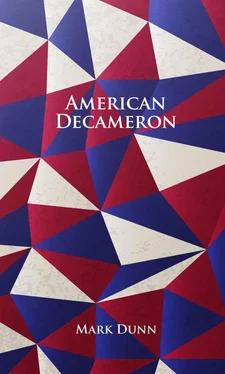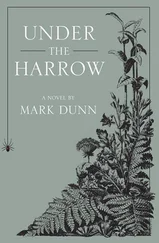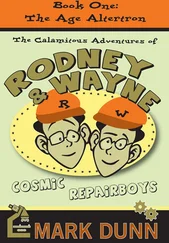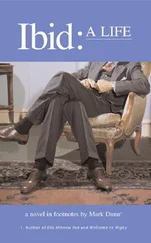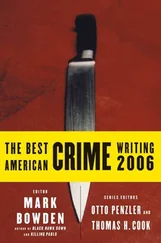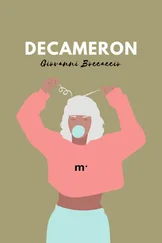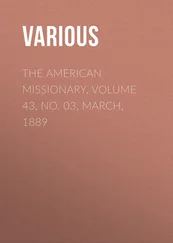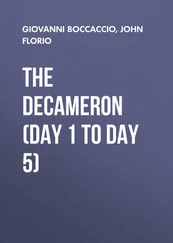Adelaide shook her head. “It was a car crash. Late one night in Trenton. I lived in Trenton then. That crash last week just brought it all back to me. Of course, I think of him other times, too. Like when I see you. I can’t help myself. The way your hair recedes slightly at the temples just the way his did. And you have a similar smile. You really should smile more often.”
“Give me a good reason, Miss Stillwell, and I’ll smile as big as you like.”
As Adelaide was sliding in behind the steering wheel, she said, “Now I have to warn you — I’m a very slow driver. I’m quite night blind, you see.”
Cliff Fredericks didn’t drink again that night. He wanted to be teetotaler-sober for later — when the time came to drive Adelaide home. For all Cliff knew, night blindness had played a role in the car crash that had killed Adelaide’s boyfriend; he wasn’t taking any chances.
1960 SMILING IN CALIFORNIA
It was a very simple plan. It should have taken only one sentence to explain. But Forrest was expressive, and he gave it five. This is what he wrote on the piece of paper that he then left on the top of his bedroom chest of drawers:
Today I plan to walk to the Golden Gate Bridge. If, along the way, I meet anyone who feels compelled to smile at me, I will not jump. I am tired of watching the best men and women of my generation eviscerated by insanity, stripped bare of soul, crawling through dirty, ebon gutters at break of day, ravenous for the needle or the spliff, consumed by cancerous loathing. Will there be a smile to supplant the anger, to dispel all the loathing? If you are reading this, the answer is “no.”
Forrest Wilton was twenty-four. He lived in his parents’ Edwardian painted lady in the affluent San Francisco neighborhood of Pacific Heights. Only recently had he gotten the idea of jumping from the Golden Gate Bridge, the most popular suicide destination in the country. His life, which had held promise (he had worked for a couple of years on the city desk of the Examiner and had even been engaged for a couple of months to a girl who did, in the beginning, truly love him), had now hit a wall. He wanted to write professionally, but he didn’t feel he was good enough. He stood on the outside of the Beat movement, peering longingly through breath-fogged windows, unworthy, insignificant.
Two weeks earlier, on May 13, Forrest had watched San Francisco police officers blast heavy jets of water from fire hoses at protesting college students. He had witnessed the officers dragging students bruisingly down the front steps of City Hall, while William Mandel, a left-wing radio broadcaster, sat inside spitting figuratively into the faces of the members of the House Un-American Activities Committee who had gathered to figuratively string him up as a Communist sympathizer in this “Marxist City by the Bay.”
The country was going down the toilet in one fast flush. Richard Nixon was poised to become the next president come November.
And in the midst of it all — amidst all the madness and the anger and the hysteria that, unknown to Forrest, was ushering in one of the most turbulent decades in our national biography — there wasn’t, in his pessimistic estimation, even a glimmer of a smile. Not one single smile of hope, or of happiness or joy writ personal, or humanity or compassion writ large. There was only Moloch, who fed on hope and despair and robbed mothers of their children. Hell, thought Forrest, was that place — or that time — in which the child in each of us dies.
Could it be that Forrest Wilton wanted to end his life because he couldn’t return to the innocence of his childhood? Or was it simpler, even, than this? That all he needed was a smile — one single, redemptive, life-changing, life- saving smile to keep him among the living.
Her name was Ying. She’d moved to San Francisco ten years earlier from Taiwan. She was the Wiltons’ housekeeper. Mr. and Mrs. Wilton had just been summoned to Boston to be at the side of their daughter — Forrest’s older sister — following a difficult delivery. They’d hardly had time to pack before flying out the door. Ying usually came on Thursdays, but Mrs. Wilton asked in parting if she’d come the next day instead — Tuesday. The house was such a mess, you see, and it would only get messier with the Wiltons’ slovenly son left to his own devices.
Forrest left for the bridge at eleven. Ying arrived at the house at eleven fifteen. Ying discovered the note on the chest of drawers at around eleven thirty. Her English was good; she’d studied the language for years as a student in Taipei. It was unclear to Ying as to whether this constituted a suicide note or not. If there was truth to the statement, the law of averages dictated that Forrest would meet someone along his long walk to the southern reach of the bridge who would smile at him.
But then again, what stranger had ever smiled at her in the ten years she had lived in San Francisco? People she knew — they smiled, of course. Ying had many friends in Chinatown. But she could remember no stranger who had ever opened himself or herself up in this way. Was it not this way to a great extent in every big city — the building up of walls to keep ourselves from the harm that may come from those whose hearts we don’t know? Ying remembered how it was when she was a girl in Taiwan. She was taught — indeed, all Chinese children were taught — to be cautious of those they didn’t know. Wariness kept the face set, unrevealing, unsmiling. San Franciscans must be very much like the Chinese, thought Ying.
Poor Mr. Wilton, thought Ying. Poor, troubled, brooding Mr. Wilton. He will see no smiles this day. He will go to the bridge that beckons him in all of its majestic, International Orange-colored, Art Deco splendor, beckons him to come and climb over its low, four-foot safety railing — a railing that invites thoughts of the seemingly unthinkable. Ying had been on that bridge. She had strolled along its walkway. She had seen its thirty-two-inch-wide beam, where jumpers made their now-or-never decision to let go.
Ying knew nothing of the many people who had ended their lives by plummeting the 245 feet into the waters of San Francisco Bay below, but Forrest did. He had helped to gather research for a newspaper story about the bridge and why it was such a popular place to kill oneself. It seemed to Forrest at the time that the view from the bridge should have been so breathtakingly beautiful as to give the potential jumper a renewed appreciation of life and all of its glorious promise. And yet, according to one of those whom Forrest had interviewed for the piece — a member of the tiny privileged fraternity of those who had beaten the stiff odds and survived the jump—“There is god-awful poetry in that plunge. As you seek to invisible yourself beneath the water below, you become part of something far greater than yourself.”
That’s right, Forrest had thought cynically to himself; you become part of the Golden Gate Suicide Club — the sane need not apply.
The man had described to Forrest the feeling of the seventy-five-mile-per-hour, four-second drop — a drop that seemed to put one into a state of protracted abeyance. Here was the intersection between life and death. The man had made it sound almost romantic. Of course, a majority of jumpers end up thwacking the water like it was hard concrete — the insides of their bodies torn apart with a force of fifteen thousand pounds per square inch. Upon impact, ribs snapped, tearing into internal organs; vertebrae shattered; often the liver ruptured. If the jumper was lucky enough (luck being a relative term here) to survive the fall, he would more than likely drown, sucked under by a powerful current, or else die from hypothermia, his body becoming food for sharks or crabs, the latter of which especially loved the taste of human eyeballs.
Читать дальше
